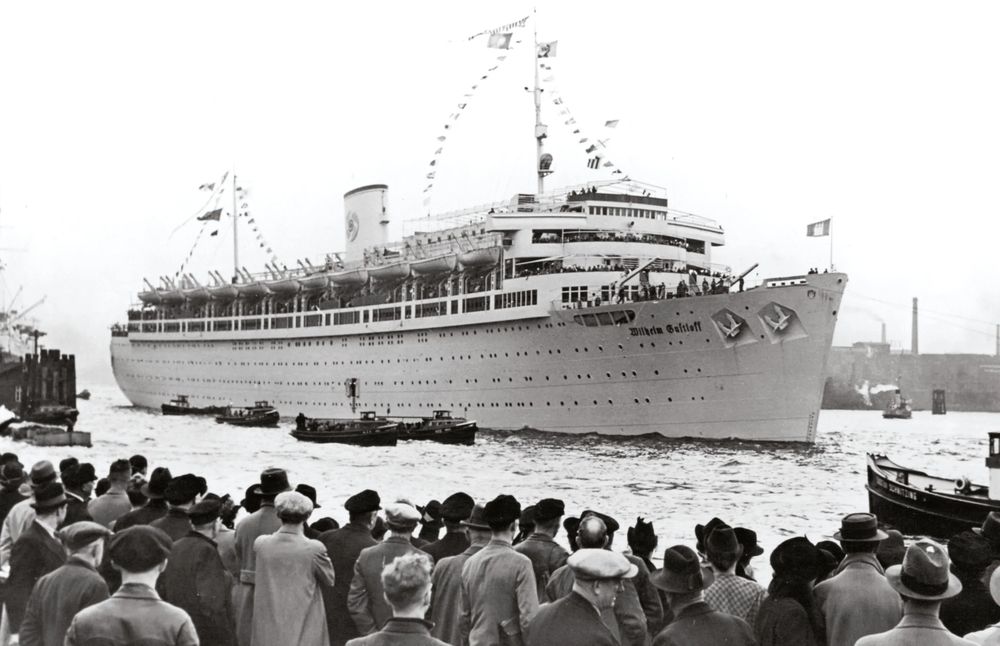The World War 2 saw far bigger disasters with several thousand lives lost multiple times over.
It remains the deadliest maritime disaster ever.
The ship had a capacity for roughly 1,900 people, including some 400 crew members.

All the cabins aboard the Gustloff were sized and apportioned similarly, making theGustloffa ship without social classes.
The sole exception was one larger cabin reserved for Hitler.
It was not possible to simply book a voyage on theGustloff.

The people who were allowed to travel on the flagship were chosen by the party.
Aside from its operation as a cruise ship,Gustloffwas used for for public-oriented missions.
More than a thousand vessels were pressed into service.
These included merchant vessels of all types, including fishing boats and other craft.
Wilhelm Gustloff was one of the vessels tasked with evacuating German civilians, military personnel, and technicians.
On January 25, 1945, the ship docked at Gdynia, Poland, and began taking in refugees.
By January 29, the ships roster showed 7,956 people on board before registration was stopped.
Another 2,000 or so sneaked in after that point.
One of the torpedo boats also had to turn back, leaving theGustloffwith one torpedo boat escort.
Wilhelm Gustloff was soon sighted by the Soviet submarine S-13, under the command of Captain Alexander Marinesko.
Shortly after nine, theGustloffwas hit by three torpedoes.
The blast disabled the engines, shutting off the power generators and severing all communications.
The ship was plunged into darkness.
The attack on Wilhelm Gustloff.
By Vladimir Kosov
The crew on deck quickly freed the lifeboats, but they managed to lower only nine.
Others had frozen stuck to their davits.
Others had their cables snapped tossing their occupants into the icy water.
At one point, the anti-aircraft guns broke free and plummeted overboard, landing on a fully-occupied lifeboat.
Below decks, the stairwells became jammed as mobs of people attempted to escape the rushing waters.
Dozens of them were crushed to death in the stampede.
Less than 40 minutes after being struck,Wilhelm Gustloffwas lying on her side.
Thousands more were left flailing in the freezing Baltic sea.
The majority of those who survived the sinking perished in the cold.
The exact number of lives lost is unknown.
Estimates range from 6,500 to 9,600.
Among the dead were about 1,000 German naval officers and men.
Of the 373 female naval auxiliaries amongst the passengers, only three survived.
He was also downgraded in rank to lieutenant and dishonorably discharged from the Soviet Navy in October 1945.
He died three weeks later from cancer at age 50.
Marinesko was posthumously named a Hero of the Soviet Union by Soviet General Secretary Mikhail Gorbachev in 1990.
The story of theWilhelm Gustloffwent largely unnoticed in the West for many years.
It was written off as another war loss.
After all, thousands of men, women and children were dying all over Europe.
Some historians debate whether the attack onGustloffconstitutes a war crime, given the large number of civilian casualties.